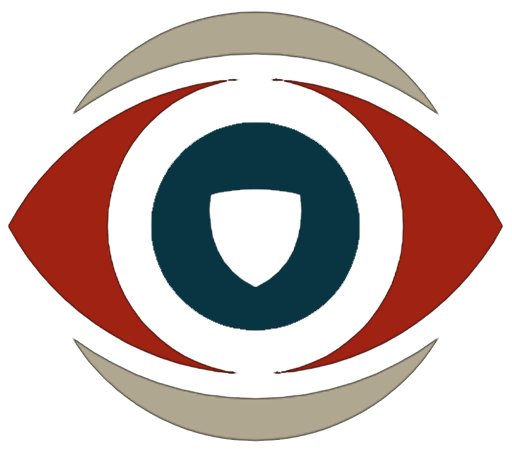Yenepoya University, a prominent private institution in Deralakatte, Mangaluru, Karnataka, India, has taken a significant leap forward in education delivery. A unique case study has emerged from the university’s decision to upgrade its classrooms with Hikvision’s interactive display technology. Specifically, the university has implemented Hikvision’s 75-inch 4K Interactive Display (DS-D5B75RB/C) and the larger 86-inch 4K Interactive Display (DS-D5B86RB/C) models.
The Challenge: Overcoming Traditional Limitations
Yenepoya Institute of Arts, Science, Commerce, and Management faced a common hurdle: ensuring effective educational delivery in a rapidly evolving learning landscape. The reliance on traditional blackboards limited the dynamic and interactive presentation of course materials. For students, particularly those seated further back in larger classrooms, this posed a challenge in keeping up with lectures. The rise of e-learning further emphasized the need for more engaging and adaptable methods of information presentation. This was especially crucial for science subjects, where visually clear explanations of complex concepts are essential.
The Solution: Interactive Displays for Enhanced Learning
To address these challenges, the Institute strategically installed 46 interactive display panels across classrooms and seminar halls. These screens offer seamless content sharing through a simple QR code scan. In auditoriums, supplementary screens were placed on either side of the main display. Now, lecturers can effortlessly mirror content onto both the primary and secondary screens without experiencing any lag, ensuring uninterrupted access to educational content for every student, regardless of where they are seated. This innovation promotes inclusivity and significantly boosts engagement.
Impact: Transforming Science Education and E-Learning
The interactive screens have proven particularly beneficial for science education. Teachers can now present intricate scientific diagrams and illustrations alongside videos, with the added ability to annotate in real-time. Furthermore, the Institute has integrated ClassIn software, allowing remote students to virtually attend classes, interact with teachers and classmates, and actively participate in discussions. This technological integration not only supports e-learning initiatives but also fosters a collaborative learning environment that transcends the limitations of traditional teaching methods.
